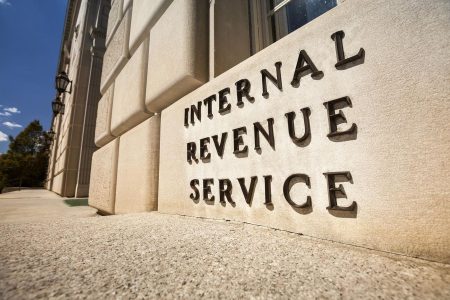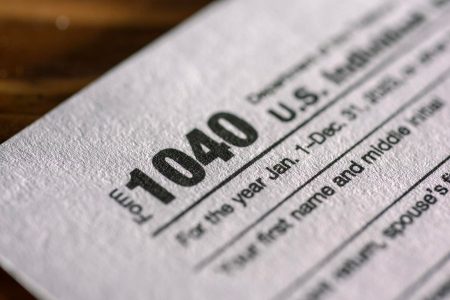Navigating the intricacies of U.S. tax laws can be challenging, especially for green card holders living abroad. Green card holders have concerns that remaining outside the United States for too long may result in loss of the green card. One area that often causes confusion for green card holders is the “foreign earned income exclusion,” a popular tax benefit for those working overseas.
This article aims to demystify the topic, offering essential insights into whether green card holders can use the FEIE and, if so, whether they should use it and how to approach it.
What Is The Foreign Earned Income Exclusion?
The FEIE, adjusted annually for inflation, allows U.S. taxpayers working abroad to exclude a certain amount of foreign earned income from their taxable income. For 2024, the FEIE amount is $126,500. Married couples can each claim the full FEIE amount, but one spouse’s “excess” FEIE cannot be used by the other.
To qualify for the FEIE, certain conditions must be met, including maintaining a “tax home” in a foreign country and passing either the “bona fide resident” or “physical presence” test.
Key Requirements For The FEIE
- Tax Home: The individual must have a “tax home” in a foreign country. This is the individual’s primary place of business or employment. It’s important to note that having a tax home abroad means one’s “abode” cannot be in the U.S.
- Assuming a tax home abroad, the individual must also meet one of two tests, the BFR or PPT.
BFR: The taxpayer must be a bona fide resident of a foreign country for an uninterrupted period that includes a full calendar year. This involves examining numerous factors to demonstrate that one has in essence, settled in the foreign country. Generally, once a taxpayer meets the BFR test, it will carry over from year to year and the need to count days of physical presence spent in a foreign country versus the U.S. is far less worrisome. Stays in America are permitted so long as they are brief and the intention to return to the foreign country is clear.
PPT: This test requires physical presence in a foreign country or countries for at least 330 full days during any 12 consecutive months. Counting days is paramount. The days do not need to be consecutive, but they must be whole days spent in a foreign country.
Green Card Holders And The FEIE
Green card holders can claim the FEIE, but it’s essential to understand the details and potential implications. If the green card holder has a tax home abroad, he may qualify for the FEIE with either the PPT or BFR test:
- Using the PPT: A green card holder meets this straightforward test by being physically present in a foreign country or countries for 330 days in any 12-month period.
- Using the BFR Test: Meeting this test is more nuanced. A green card holder can qualify under the BFR test if the individual is a “bona fide resident” of a foreign country or countries for an uninterrupted period that includes an entire tax year, and the individual is a citizen or national of a country with which the United States has an income tax treaty containing a non-discrimination clause. If a green card holder decides to use the BFR based on a treaty he should file IRS Form 8833 treaty return position disclosure.
Important Considerations And Strategic Planning
While the FEIE can offer significant tax benefits, green card holders must be cautious and carefully consider the immigration law conditions for maintaining the green card. Claiming the FEIE along with a tax home outside the U.S. could complicate the green card holder’s U.S. immigration status. U.S. immigration authorities might view this as inconsistent with the intent to reside permanently in the U.S.
Steps can be taken to use the FEIE while limiting the immigration risks. While the facts of each individual’s case will determine the most efficient way forward, professional planning addressing both tax and immigration concerns can help avoid potential issues.
Depending on the country involved, green card holders may be able to use the foreign tax credit to avoid double taxation. This credit allows the individual to offset U.S. tax liability with the taxes paid to a foreign country, does not involve the individual’s admission that he has a tax home or residency outside America and is therefore far less likely to raise any immigration challenges.
The opportunity to work abroad can be a fascinating experience and can present the green card holder the perfect opportunity to examine whether to keep the green card. It is crucial to carefully examine the U.S. tax issues involved when continuing permanent residence status. Holding on too long raises significant tax issues.
Conclusion
Deciding whether to claim the FEIE is more complex for green card holders since it requires careful consideration of both tax and immigration implications. Unfortunately, these issues are not typically addressed by tax return preparers. Green card holders should seek professional advice tailored to their specific situation when considering work overseas. Consulting with knowledgeable specialists can help ensure that informed choices are made, and potential pitfalls avoided.
I help with tax matters around the globe. Reach me at [email protected]
Send a note about an area of tax you’d like to see me write about.
Read the full article here
















